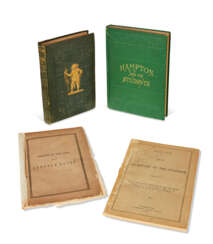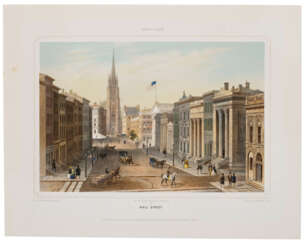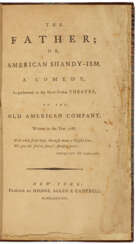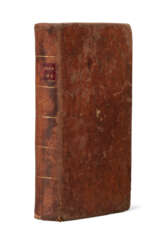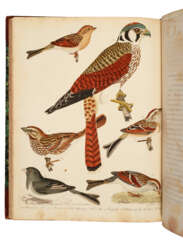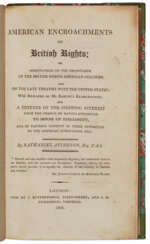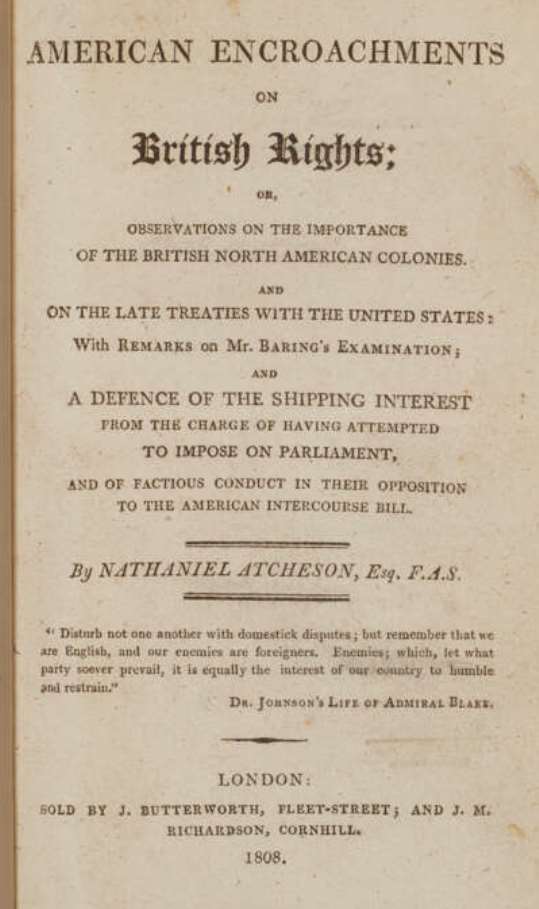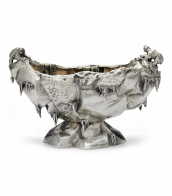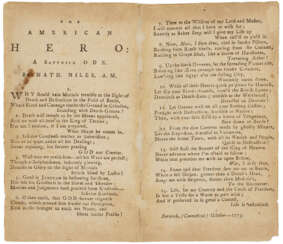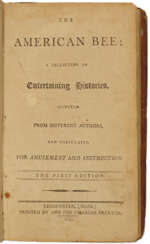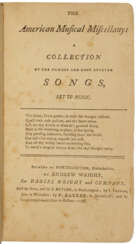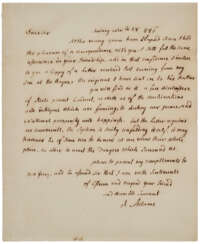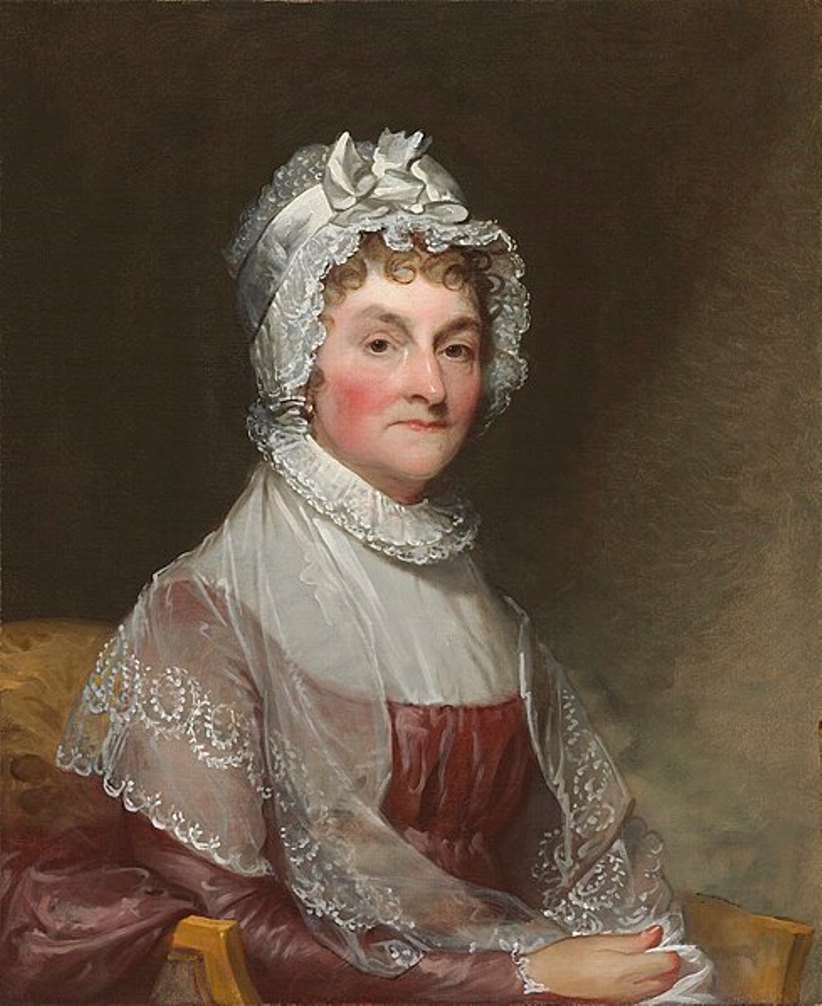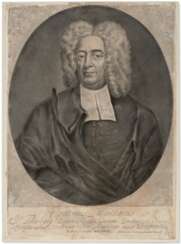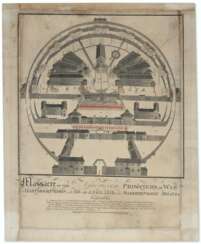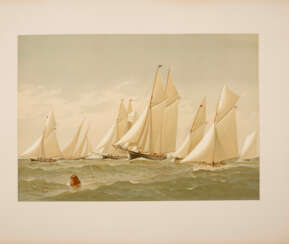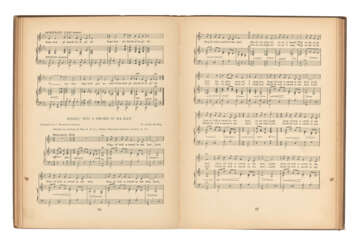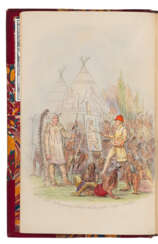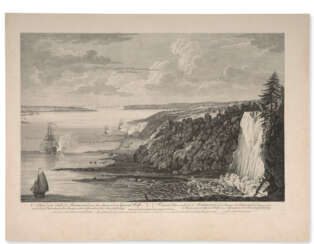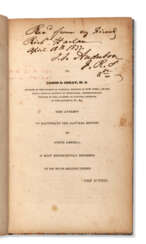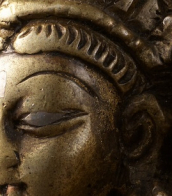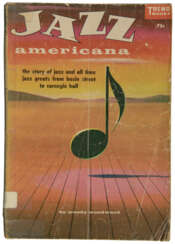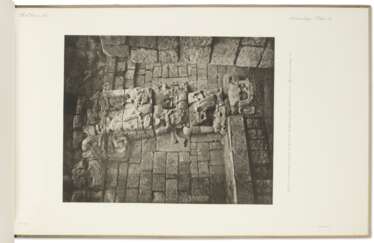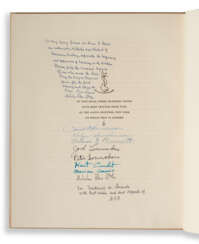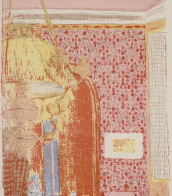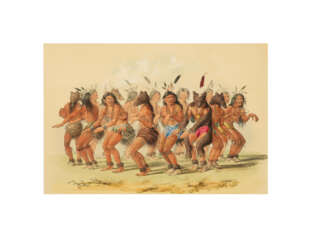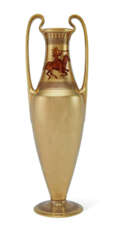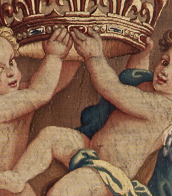americana
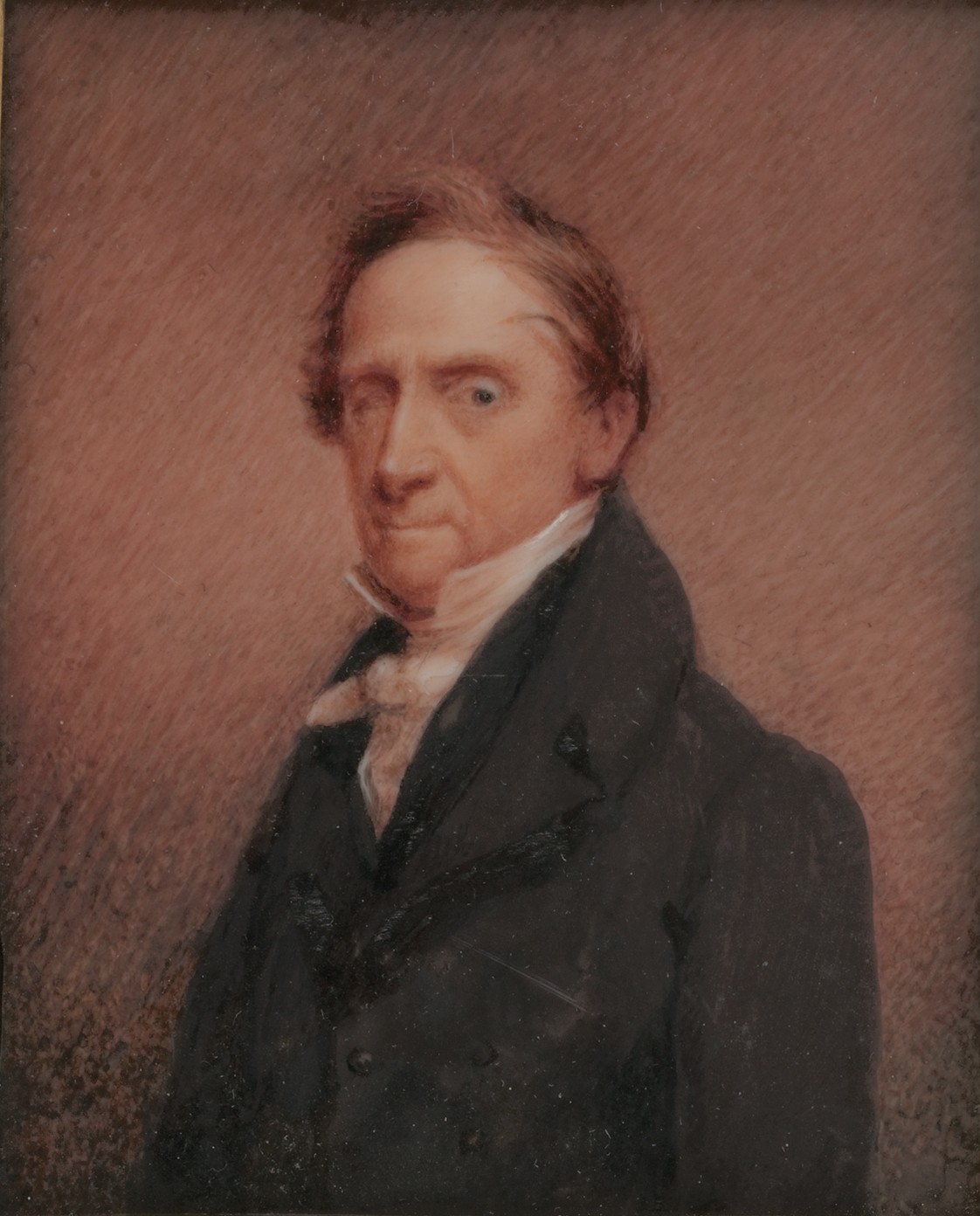
William Dunlap was an American playwright, theater director, artist, and historian.
William Dunlap was a pioneer of the young country's theater. He directed two of New York City's earliest and most famous theaters, the John Street Theater and the Theater in the Park. During his lifetime he directed over sixty plays, most of which were adaptations or translations of French and German works. But among them were some original ones based on American themes with American characters.
In 1832 Dunlap published A History of the American Theater in two volumes. In 1825, Dunlap co-founded the National Academy of Design and taught at its school. Even today, Dunlap is best known for his encyclopedic three-volume History of the Origin and Progress of the Art of Design in the United States. The book was published in 1834 and is now an invaluable source of information about artists, collecting, and artistic endeavors in the country of that historical period.

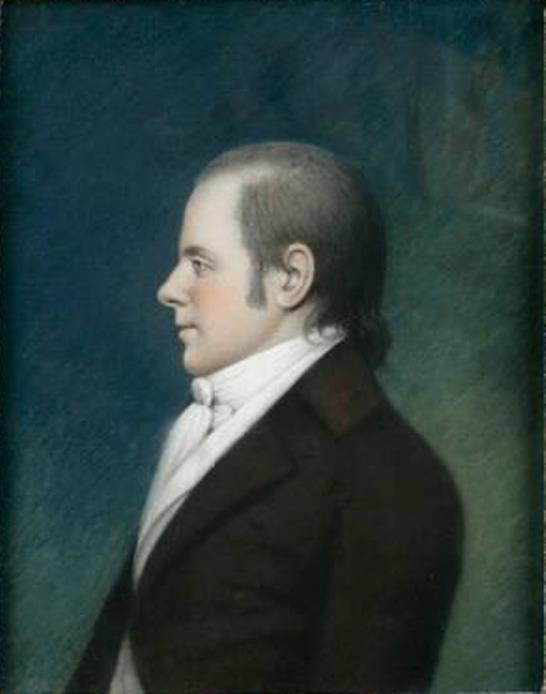
Elihu Hubbard Smith is an American author, writer, and physician.
Smith graduated from Yale College as early as age 11 with a liberal arts education, followed by a medical degree. He worked at New York Hospital and published historical articles on plague and plague fevers.
Elihu Smith was a very active writer: he was a member of the Hartford Witters, wrote the first American comic opera "Edwin and Angelina" (1796), was the editor of the first book anthology of American poetry ("American Poems, Selected and Original," 1793) and the first national American medical journal ("Medical Repository"), and corresponded extensively with many writers and writers of his time.
Smith died at age 27 of yellow fever, which he contracted while treating patients during an outbreak in New York City.

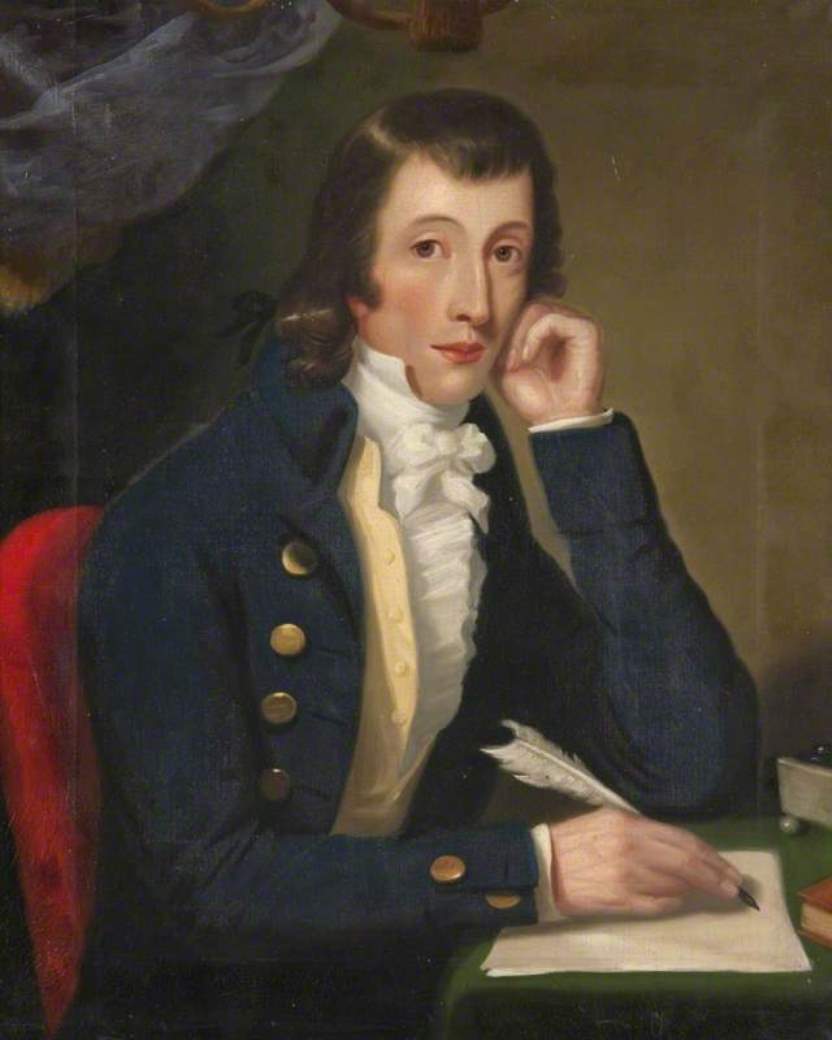
Alexander Wilson was a Scottish-born American naturalist, ornithologist, illustrator, and poet.
Wilson emigrated from Scotland to America in 1794, spent several years teaching in Philadelphia and New Jersey, and then became interested in studying native birds. He traveled extensively in the American wilderness and captured and studied over 300 different birds, including several previously unknown. He made his own drawings and detailed descriptions, supported by reading scientific literature.
The results of his research were published under the title American Ornithology in eight volumes beginning in 1808. The ninth volume was published after his death in August 1813. One of the first subscribers was President Thomas Jefferson. Alexander Wilson was a member of the Society of Artists of the United States and the American Philosophical Society. The Wilson Ornithological Society is named in his honor, and a monument is erected in Abbey Close, Paisley. Several species of birds are named in his honor.

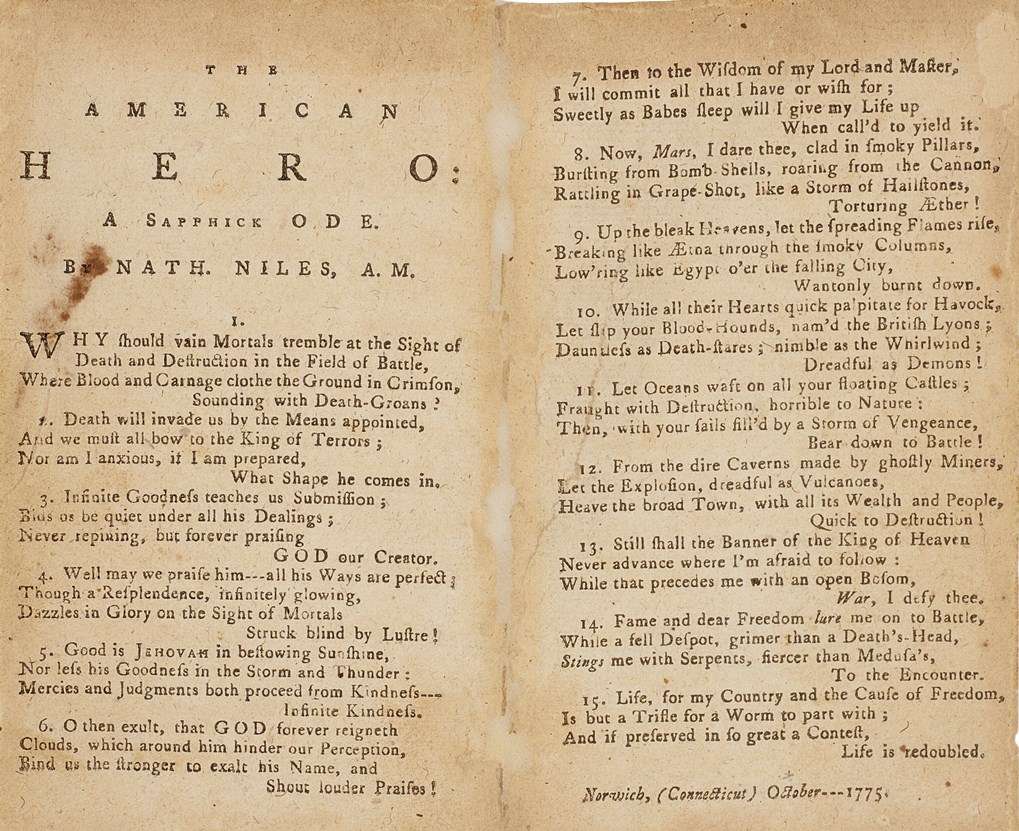
Nathaniel Niles is an American lawyer and politician, a member of the House of Representatives from Vermont.
Niles attended Harvard College and the College of New Jersey, eventually becoming a preacher but also active in politics. Niles sat in the lower house of the Vermont legislature for eight terms. From 1784 to 1787 he was a member of the state supreme court.
In addition to his sermons, he published numerous theological articles. When the American Revolution broke out in 1775, Niles enthusiastically supported the war against England. He even wrote his only work of poetry, an ode entitled "American Hero," to commemorate the Battle of Bunker Hill, which was set to music and became quite popular among New England soldiers and militia.

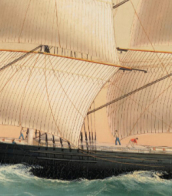

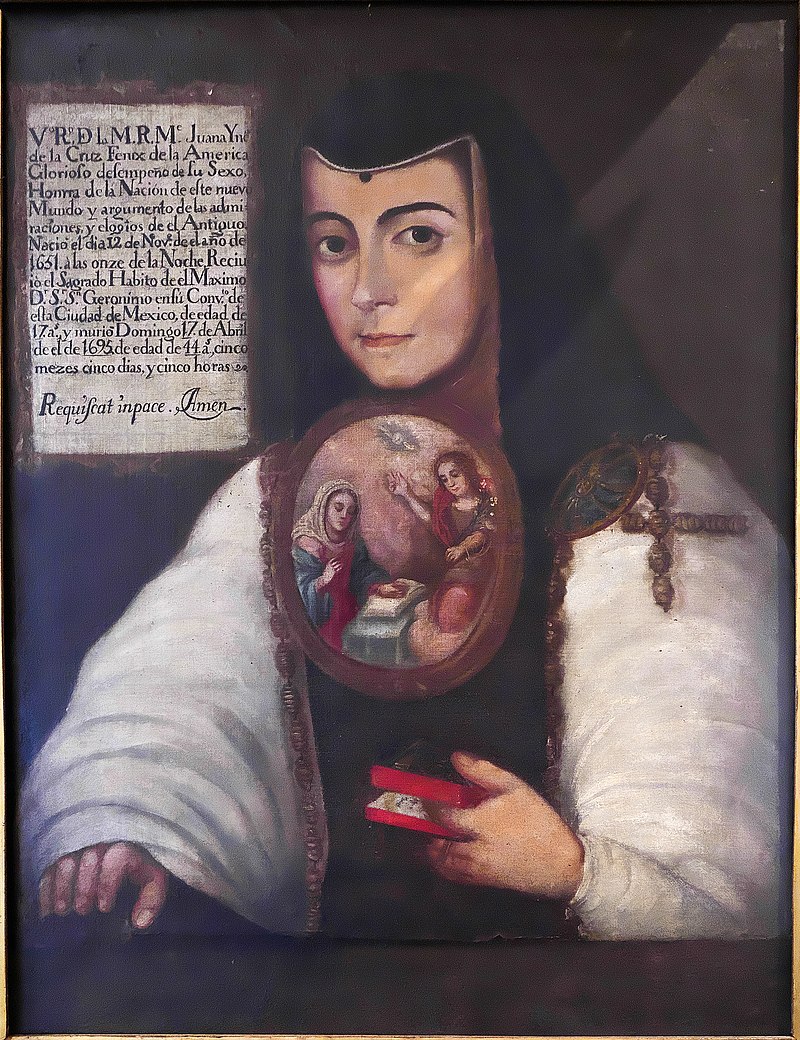
Juana Inés de la Cruz or Juana of Asbaje, real name Juana Inés de Asbaje Ramírez de Santillananota, was a Mexican poet, scholar, and writer of the Latin American colonial period and the Spanish Baroque, and a Jerónimo nun.
Juana Ramírez was born into a poor family (Spanish father and Creole mother) and from an early age showed a burning thirst for knowledge and giftedness, but as a woman she was almost entirely self-taught. By her teens, she had already learned Greek logic and taught Latin to young children. She also learned Nahuatl, an Aztec language spoken in Central Mexico, and wrote several short poems in the language. At the age of 16, the girl was introduced to the court, and her intelligence impressed even Viceroy Antonio Sebastian de Toledo, Marquis de Mancera, and in 1664 he invited her to serve as maid of honor.
In 1669, at the age of 21, she took her tonsure at the Convent of Santa Paula of the Hieronymite Order in Mexico City, where she remained a recluse for the rest of her life. In the convent, Sister Juana enjoyed exceptional freedom: she continued to socialize with scholars and senior members of the court, amassed one of the largest private libraries in the New World, as well as a collection of musical and scientific instruments. Her plays in verse, poetry, and compositions for state and religious festivals were frequently and successfully performed at the palace.
Sister Juana was an outstanding representative of Spain's Golden Age: she was the last significant writer of the Latin American Baroque and the first great exponent of colonial Mexican culture. Sister Juana wrote sonnets, romances, and ballads, drawing on a vast store of classical, biblical, philosophical, and mythological sources. She also composed moral, satirical, and religious texts, as well as many poems praising courtiers, but she also defended women's right to education.
At the end of her life, due to pressure from religious dogmatists, Sister Juana had to sell her extensive library of some 4,000 volumes and return to strict reclusiveness. In 1695, the plague struck the convent and, while caring for her sisters, Juana died of the disease at about the age of forty-four.
Today, Juana Inés de la Cruz is a national icon of Mexico and Mexican identity as a prominent writer of the Spanish-American colonial period. The former convent where she lived is a center of higher education, and her image adorns Mexican currency.


William Shakespeare was a British poet and playwright and writer.
William's father, John Shakespeare, was a merchant and official in Stratford. There are reports that he was a sailor for a time before joining a theater company in London. Beginning in the 1590s, Shakespeare began writing plays, and in 1593 he published a poem, Venus and Adonis, which became popular. He dedicated it to the Duke of Southampton, who was a philanthropist and patron of talent, and soon his business was booming.
From 1592 to 1600 Shakespeare wrote his dramas and romantic comedies "Richard III", "The Taming of the Shrew", "Romeo and Juliet", "A Midsummer Night's Dream" and "The Merchant of Venice", as well as the comedies "Much Ado About Nothing", "Twelfth Night" and the tragedy "Julius Caesar". The playwright's business was so successful that he even bought a large house in Stratford. In 1599, Shakespeare became one of the owners, playwright and actor of the new theater "Globe". In 1603 King James took Shakespeare's troupe under his direct patronage. In the mature period, the great playwright turned to tragedies, there were "Hamlet", "Othello", "King Lear", "Macbeth" and others.
Although in the 19th century researchers had some doubts about the authorship of many of these works, William Shakespeare is considered the greatest English playwright, one of the best playwrights in the world. His plays have been translated into all major languages and to this day form the basis of the world theatrical repertoire, most of them have been screened many times. According to the Guinness Book of Records, Shakespeare remains the world's best-selling playwright, and his plays and poems have sold more than 4 billion copies in the nearly 400 years since his death.

